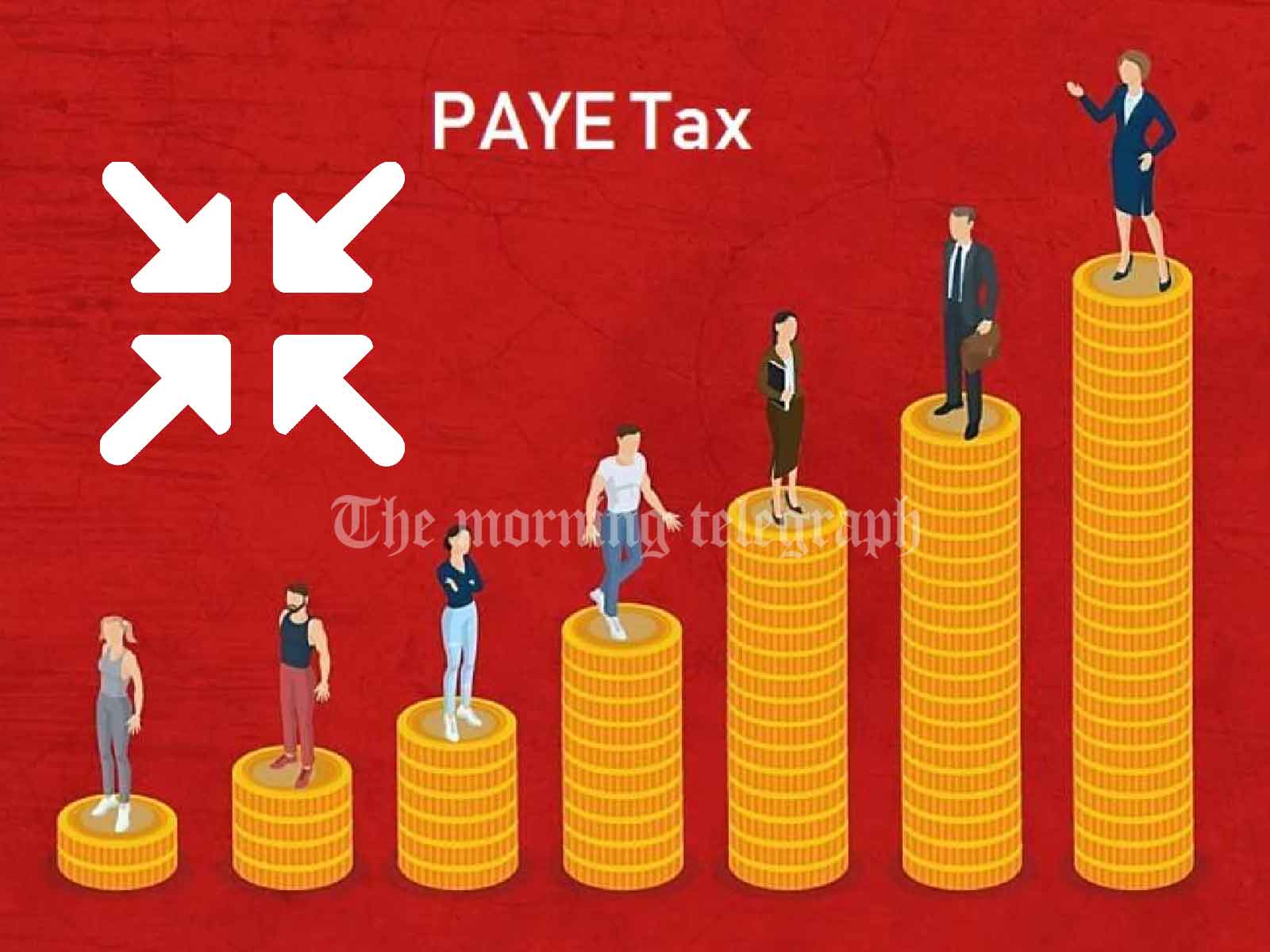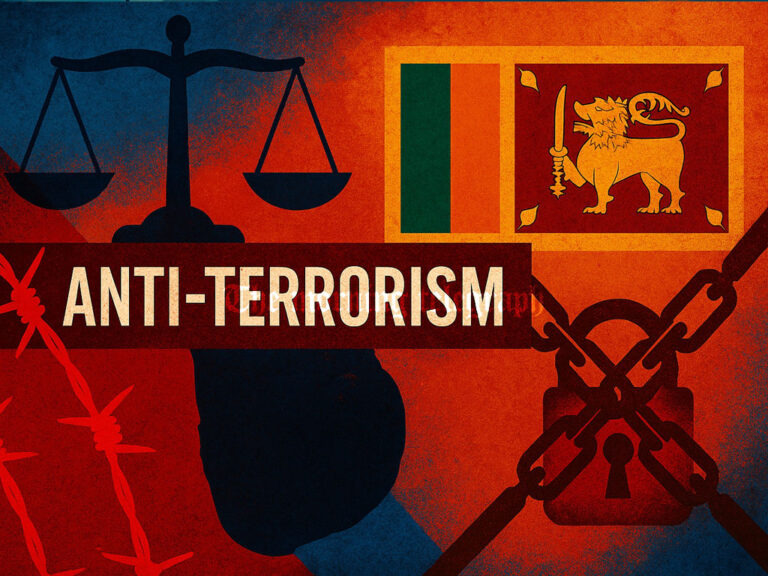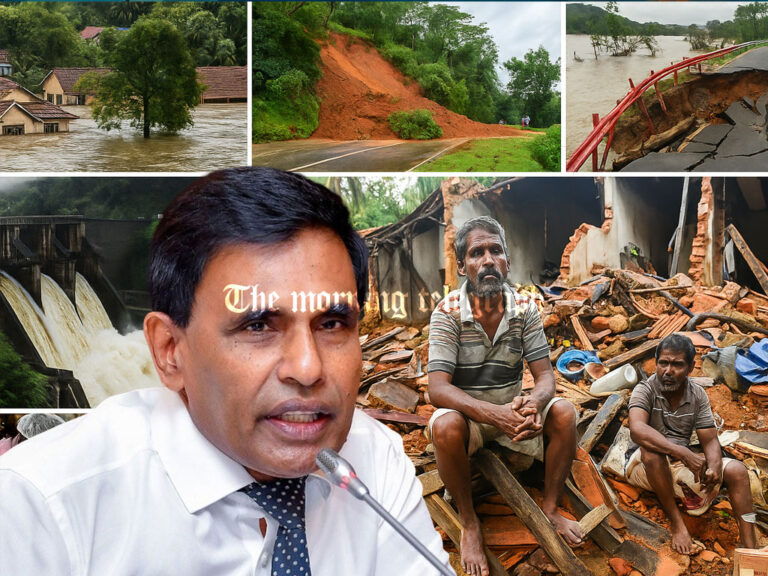
In a move aimed at easing the tax burden on Sri Lankan workers, the Cabinet of Ministers has approved a proposal to reduce the pay-as-you-earn (PAYE) tax, as suggested by the International Monetary Fund (IMF). The announcement was made by Cabinet Spokesman Minister Bandula Gunawardena during a press briefing on September 13.
The reduction in PAYE tax will be incorporated into the upcoming budget proposal, which is scheduled to be presented in November. Minister Gunawardena confirmed that the Sri Lankan government had submitted the proposal to the IMF, which has granted its approval for the changes.
Under the new proposal, the tax rate adjustments will be applied to various income levels. For individuals with a monthly income of Rs. 150,000, the PAYE tax, currently set at Rs. 3,500, will be reduced by Rs. 500, bringing the new tax amount to Rs. 3,000. Those earning Rs. 200,000 per month will see their tax reduced from Rs. 10,500 to Rs. 8,400, a decrease of Rs. 2,100.
For individuals with a monthly income of Rs. 300,000, the tax will be lowered from Rs. 35,000 to Rs. 26,400, reflecting a reduction of Rs. 8,600. Those earning Rs. 450,000 per month will benefit from a tax cut from Rs. 88,500 to Rs. 72,000, a reduction of Rs. 16,500. Similarly, the tax for individuals with a monthly income of Rs. 600,000 will decrease from Rs. 142,500 to Rs. 126,000, also a reduction of Rs. 16,500.
Minister Gunawardena highlighted that the tax relief is intended to support professionals and private sector employees. He stated, “Today, the Cabinet decided to instruct the Treasury to include these tax relief measures in the upcoming budget. This decision, which aligns with the IMF’s recommendations, aims to ease the financial burden on individuals and provide much-needed relief.”
The reduction in PAYE tax is part of the government’s broader efforts to address economic challenges and support workers amidst ongoing financial adjustments and reforms. The changes will be a key focus of the upcoming budget and are expected to be discussed in detail in the lead-up to its presentation.




